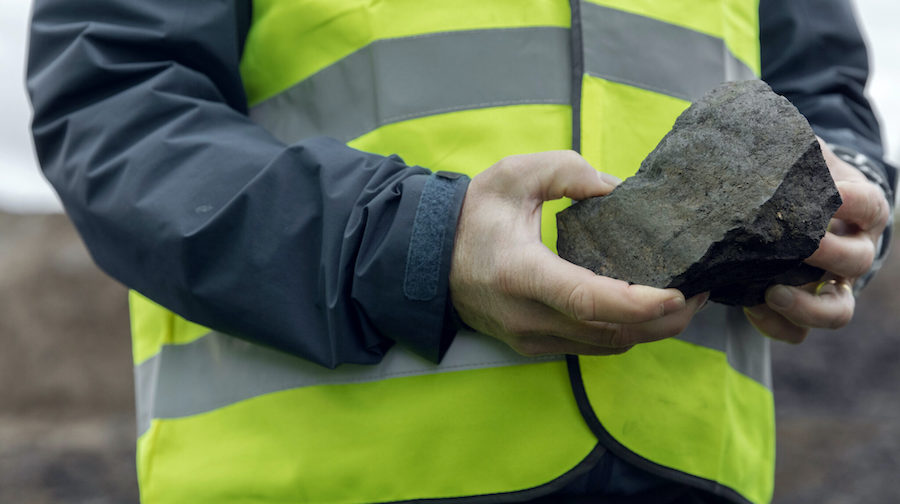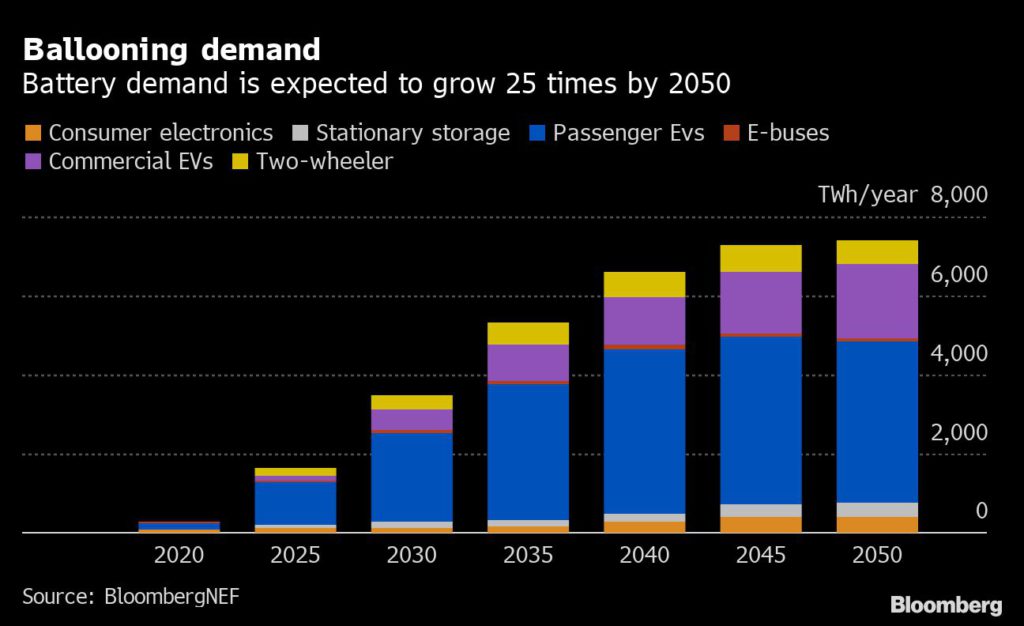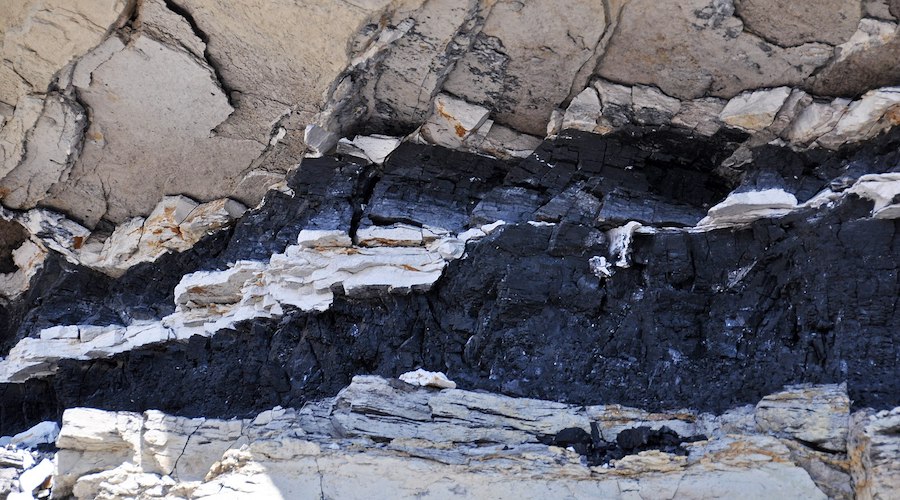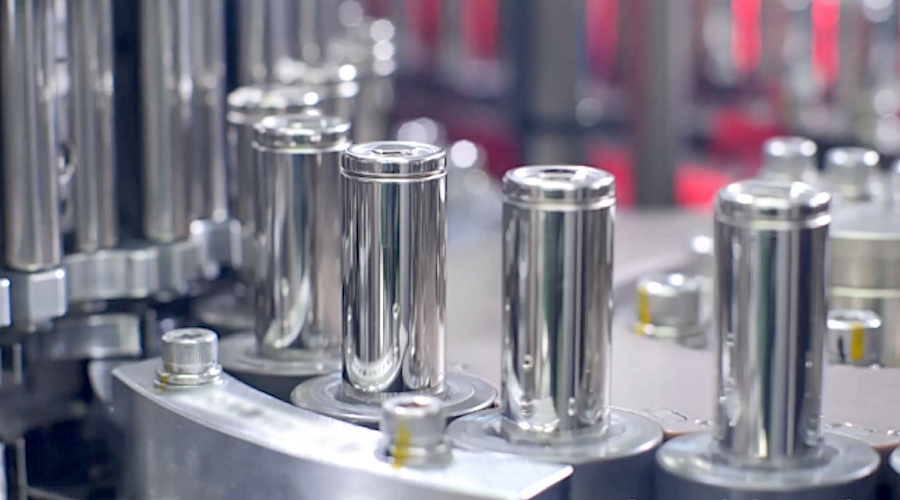German chemical giants' herbicides infuse Argentina's soy
The "probably carcinogenic" herbicide glyphosate is used to spray massive soy fields in Argentina. The soybean meal is fed to livestock in Germany. But people who live near the soy fields are paying with their health.
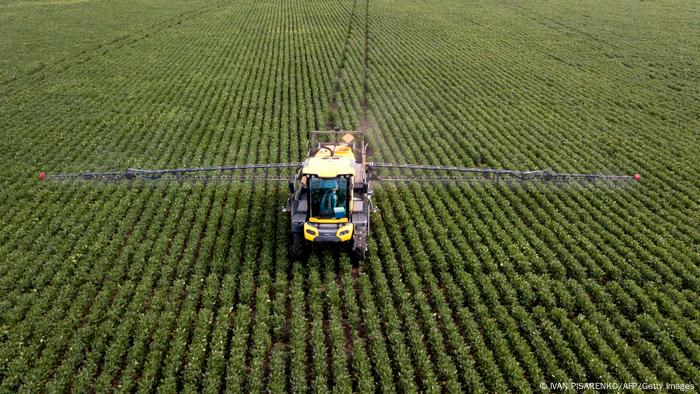
Argentine soy is often sprayed with glyphosate, which WHO calls "probably carcinogenic"
Brother, what's wrong? Why don't you wake up?
They contaminate your food and serve it to you on the table
Injecting the seed against nature
Brother, what's wrong? Why don't you care?
...
I tell it to you, I sing it to you, I shout it to you: Monsanto out!
The song "Fuera Monsanto," by the Argentine punk band Perro Verde, is almost 10 years old and has even been covered by Manu Chao. It remains an anthem today.
The activist Norma Herrera has long tried to rid Argentina of glyphosate and other herbicides. "All over the world, glyphosate is being banned, but here they just keep spraying," Herrera said. "Many of my neighbors have died in recent years. People are still dying of cancer today. What the soy companies are doing here is nothing but ecocide!"
Herrera is one of the Mothers of Ituzaingo, which formed 20 years ago, after a number of cases of cancer and malformations emerged in the Ituzaingo district of Cordoba, the second-largest city in Argentina. Her daughter was diagnosed with leukemia at the age of 3.
The mothers blamed the day-and-night spraying of soy fields the size of several soccer pitches not far from their homes. "When we started protesting 20 years ago, they called us names, saying we were just a couple of crazy mothers who had let the cleaning product go to their heads," Herrera said. "But, when they tested the tap water here, we knew we were being poisoned: They found a cocktail of bad sulfates, heavy metals, arsenic and lead."
In the neighborhood, every family has a story to tell: of leukemia, thyroid disease, asthma, kidney malfunction, neurodermatitis and miscarriages that they blame on this poisonous cocktail. Eventually, Herrera and the other mothers were able to force a court ruling that herbicides could only be sprayed at a distance of at least 2.5 kilometers (1.5 miles) from residential buildings. A farmer and a pilot of a herbicide-spraying aircraft were even found guilty of spraying illegally near residential areas.

Pigs in Germany are fed soybean meal from Argentina
'Doing irreparable harm'
Each year, 200 million liters (50 million gallons) of herbicides and insecticides continue to be sprayed on land used to cultivate soy. Argentina has the highest per capita use of glyphosate in the world. But it is Germany, the largest meat producer in Europe, that is the main beneficiary. Pigs, cattle and chickens eat Argentine soybean meal.
"What would I say to the Germans?" Herrera said. "Any farmer who buys soy from here to feed to his pigs is doing irreparable harm. The more soy they buy in Germany, the more is produced here. But the main culprits are governments and multinational companies that are only interested in one thing: profit."
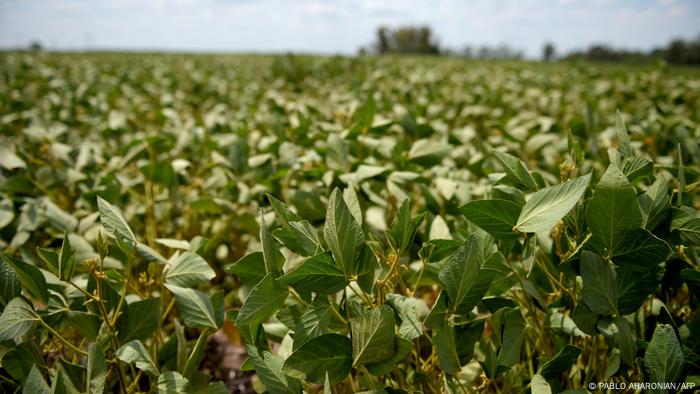
The soy is used to make meal that is fed to animals
One need only read the Pesticide Atlas of 2022, a 50-page report about the harmful effects of the industry published in Berlin in January, to get an idea about how devastating the situation is. More pesticides are being used than ever before and the annual number of agriculture workers who fall ill from pesticide poisoning has risen to at least 385 million globally. Furthermore, glyphosate and other such products are considered one of the main causes of the decline in biodiversity.
"Toxic pesticides that are not approved or authorized in the EU may still be exported, causing double standards in the countries of the Global South," said Inka Dewitz, the senior program officer for international food policy at the Heinrich Böll foundation, which co-published the report.
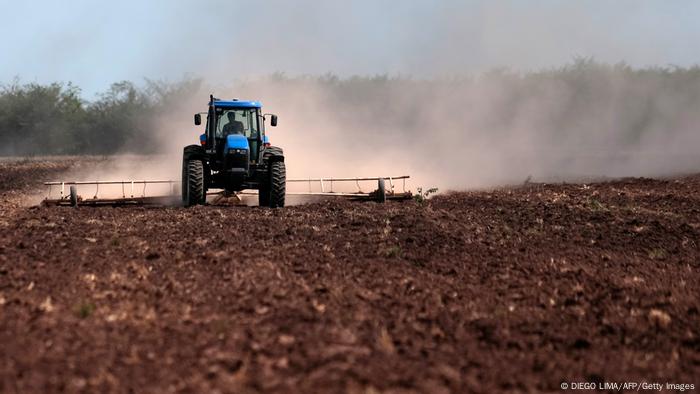
Argentina is the country that uses the most glyphosate per capita
Bayer, BASF benefit
The main beneficiaries are the German chemical giants Bayer and BASF, which dominate 70% of the world market along with the Chinese-owned agrochemicals group Syngenta and the US chemical and seed company Corteva. It's a lucrative business: In 2020, about half of the German companies' annual revenue was generated by herbicide sales. Bayer's tkae amounted to Є9.8 billion; BASF's reached Є5.5 billion.
"Bayer and BASF comply with respective national laws, and so, in principle, they think it is OK," Dewitz said. "But, in many countries, the regulations are much worse and weaker than in the EU. And they export to places where there is a greater likelihood that permits will be granted — especially countries in Latin America."
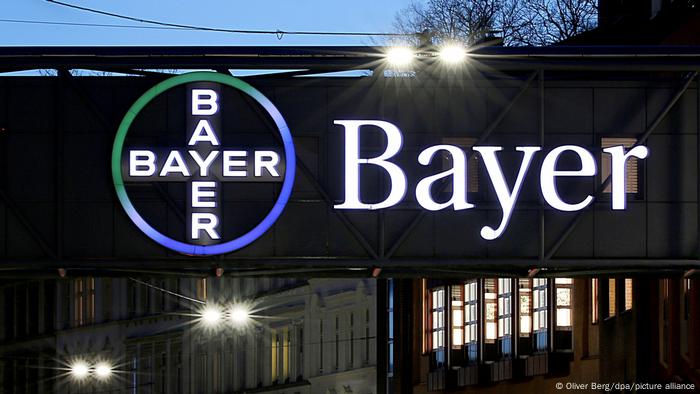
German chemicals giant is one of the main beneficiaries of profits from Argentina
There is no international agreement to prohibit the use of glyphosate, which the World Health Organization has classified as "probably carcinogenic" and, though there is a German proposal to ban the herbicide from being exported by 2024, this still has to be pushed through by the Green German Agriculture Minister Cem Özdemir. "There is supposed to be an EU strategy to explicitly ban double standards and regulate hazardous standards," Dewitz said. "However, it is still unclear which pesticides will be affected. France is the only country in Europe to have introduced legislation on exports, and this is now coming into force. The German government also has a duty to deliver."
This article was originally written in German.







